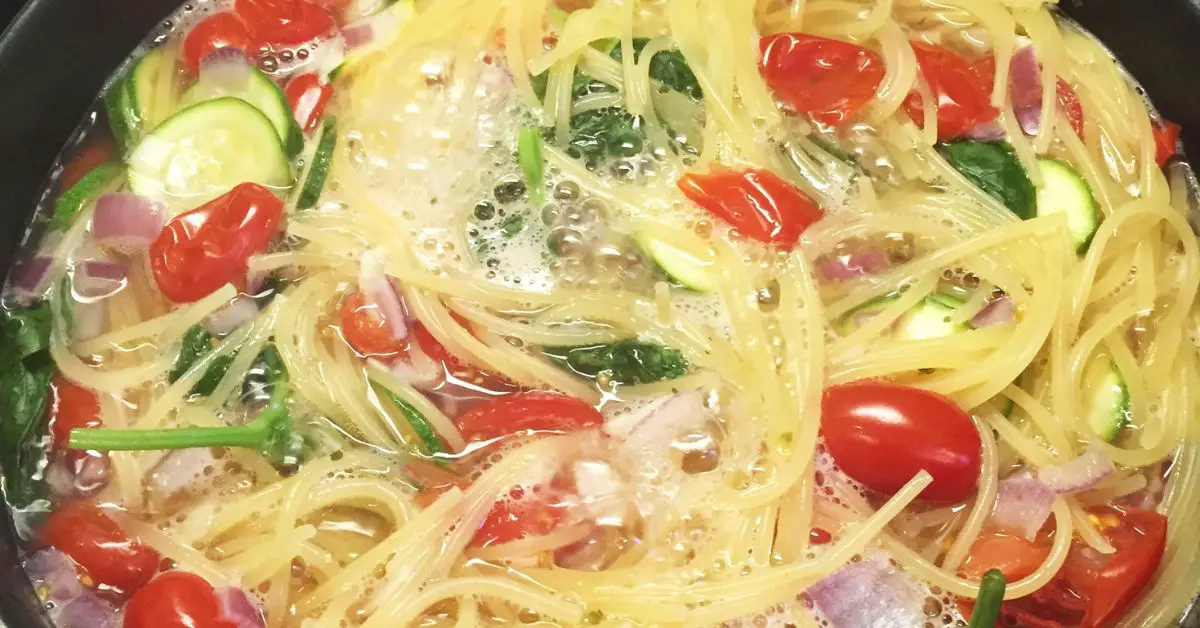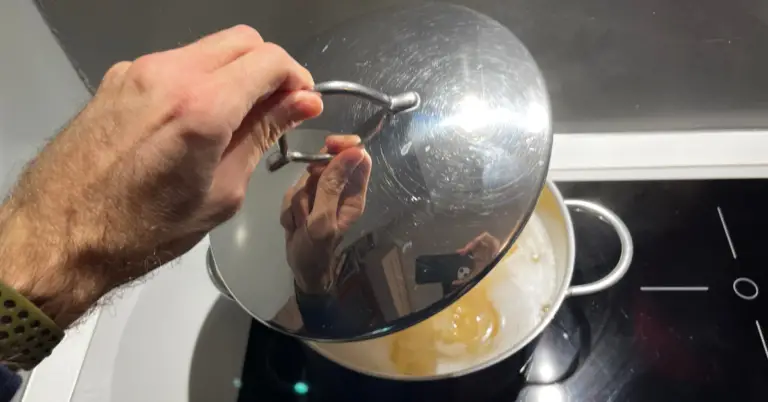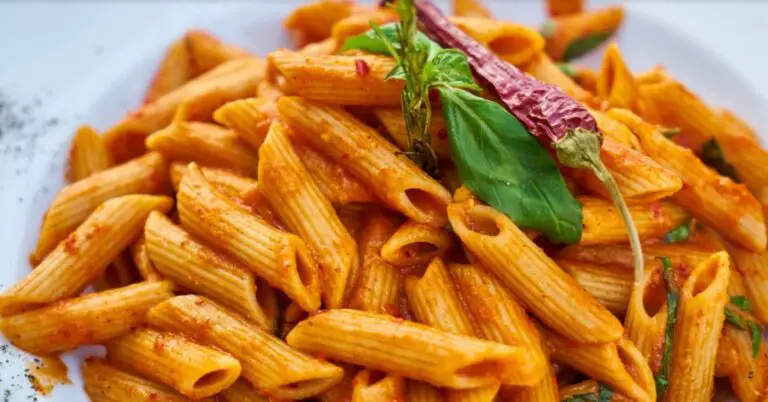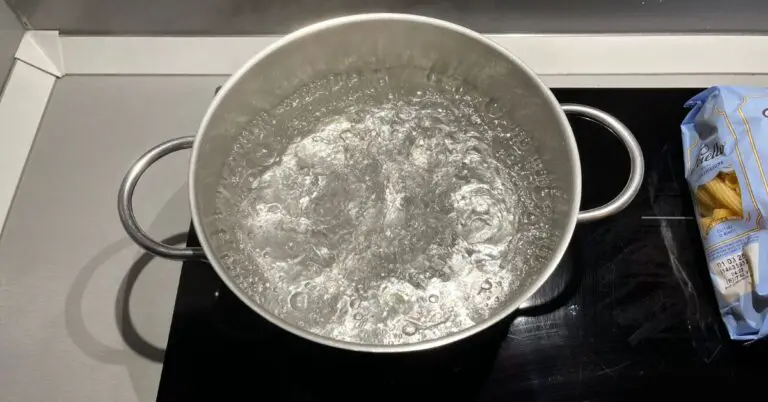One-pot pasta (also called one-pan pasta) is still a very innovative concept for us Italians: for some more traditional compatriots it has the same effect as pizza with pineapple, just to be clear, the majority of the Italian people ignore or despise one pot pasta.
And then, if you look closely, this preparation does not differ much from our culinary traditions.
The substantial difference between one pot pasta and our traditional pasta cooking lies in the first phase:
Here in Italy, half of the pasta is traditionally cooked in boiling salted water and the other half is cooked with the sauce, in order to absorb all the aromas and flavors even more deeply. More often, it is cooked completely in salted water and then seasoned. While in the one-pot technique, the raw pasta will be placed directly in the pan with the sauce and it will cook inside, cooking and seasoning at the same time.
Unearth Italo-American dishes rarely found on Italian tables by clicking this link!
So, why do we turn up our noses so much in front of a unique and fast cooking like the one pot?
That is why here in Italy we do not cook One Pot Pasta
I could list an infinite number of reasons: basically, we Italians are obsessed with personalized and specific cooking dedicated to the single ingredient cooked at the moment; the fact that, in the end, everything is then mixed and creamed is just a detail.
Let’s give an example: a pasta with tomato sauce would become dull without the phase of sautéing with garlic. Not to mention the puttanesca, carbonara and all those dishes whose taste is based on the choice of components and their characteristic cooking.
Furthermore, in one pot pasta it is even more complicated to control the degree of cooking of the pasta and obtain al dente cooking.
The fact is that overcooked pasta, in Italy, is a kind of sacrilege, so we try not to skimp on this detail, even though we know well that we would save time and pots to wash; paradoxically, one pot pasta can even be considered more “ecological” than pasta cooked in the traditional way.
There are, however, some exceptions that look a lot like one pot pasta style cooking: there are some of the first which, in Italy, do not contemplate the use of pasta but other elements, such as rice or gnocchi, those callous and irresistible nuggets of potatoes that I’m sure you know too. Precisely in the case of gnocchi alla sorrentina – a tomato and mozzarella-based dish – cooking can take place in the “one pot way”, because a terracotta pan is used in which it is possible to carry out all the preparation phases without resorting to other pots .
This is not the only example, we see below another type of pasta preparation that has several characteristics in common with one pot pasta.
Italian one pot pasta: is “risottata” the same thing?
If the “one pot concept” has only recently appeared abroad – thanks to social networks, where videos showing this type of preparation have gone viral… also due to the insults left among the comments by us Italians -, it must be said that in Italy “risottata” has already existed for a long time.
Basically, the two expressions are synonymous: here, the reference is to rice that we accept more easily to cook directly in the pot with the other ingredients. The secret is to start from a liquid base, paying attention to the possible presence of vegetables and, therefore, evaluating the possibility of a further release of water during cooking which could ruin the perfect result of the pasta which must not absorb a single drop less nor one more. It is essential for us!
What can really conquer us is the final taste: joint cooking creates an incredibly amalgamated dish, where the ingredients blend together and the pasta acts as a glue thanks to the starch which, in this case, remains in the pot and is not thrown away at the time of draining the water.
The risottata pasta, therefore, is appreciated in Italy because:
- It allows super-fast and last-minute preparation;
- It leaves us with fewer pans to wash;
- It requires the presence at the stove for a few minutes;
- It maximizes the pasta-ingredient flavouring phase.
Instead, it is feared because:
- If you have little control over cooking, you could risk overcooked and inedible pasta;
- By not cooking the various ingredients in a personalized way, part of the flavours and aromas to which we have always been accustomed are lost.
After this, even here it can happen that you meet someone who is in love with the one pot pasta concept, but it is not as common as elsewhere.
As an Italian, I would not get angry if you cooked a one pot pasta for me
The Italian population is very diverse and we are not all “Nazi-cooking” and closed to news; more than anything else, we all have a visceral attachment to the Mediterranean diet and to the products of our land or region.
What we aspire to is one contamination of culinary cultures – something that has always happened since ancient times in our territory, a destination for travellers and conquerors – more than a replacement. We like to explore other realities and then absorb what convinces us and discard what just does not suit us.
This means that if, one day, you should find yourself sharing an apartment with an Italian or spending a few days in our country, you may find some distrustful or even some rejecting a proposal based on one pot pasta. But do not despair: many will surely be willing to share this “experiment” with you. The only advice I can give you is to really pay close attention to the cooking of the pasta, because no Italian will ever be able to accept “broken spaghetti” or “glue with sauce” on the plate!
Who knows, maybe you could even amaze, exceeding every Italian expectation…







